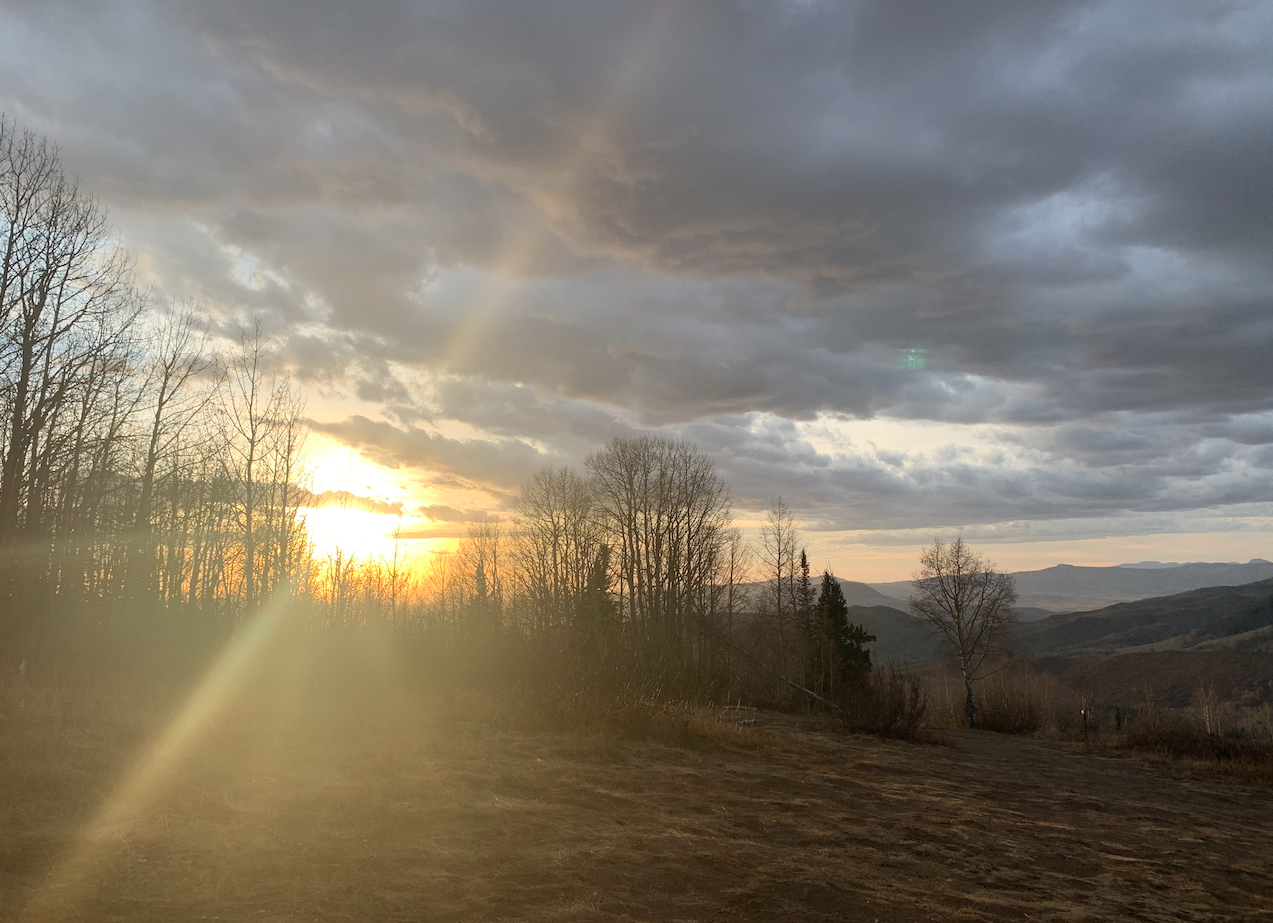As a child, I loved watching fireflies light up the dark corners of our backyard. But I never thought to ask how a little bug could make it's very own light.
Photo by Smoken Mirror on Foter.com
It turns out that making light all comes down to energy and some special molecules (luciferin, and the enzyme luciferase). Those words both come from the Latin "lucifer" or "lightbringer." You might recognize "Lucifer" from the Bible - he was the angel who wanted to be more powerful than God and ended up falling from heaven to hell.
But back to glowing things (which also include certain mushrooms and marine creatures): the luciferin molecule uses energy to react with oxygen, and the luciferase enzyme speeds it all up. Through the reaction, electrons in the luciferin molecule are excited, or have a little more energy than normal. When the electrons relax and go back to their normal state, that extra energy is released as light.
Amazingly, this whole process of bioluminescence is super efficient: most of the energy (up to 80 or 90 percent) is transformed into light. An incandescent lightbulb, by comparison, transforms less than 5 percent of the energy it receives into light (90 percent turns into heat), while LEDs come in at 20 percent. So while a lightbulb gets warm when it glows, fireflies and mushrooms do not.
For fireflies, the light can help attract mates and show predators they don't taste good. For mushrooms, a recent experiment showed the light may help attract insects, which then help spread the mushroom's spores.
Unfortunately for me, there's nothing glowing in the high rockies - I'll just have to Youtube glowing creatures to get my bioluminescence fix. Unless I can grow these myself...







